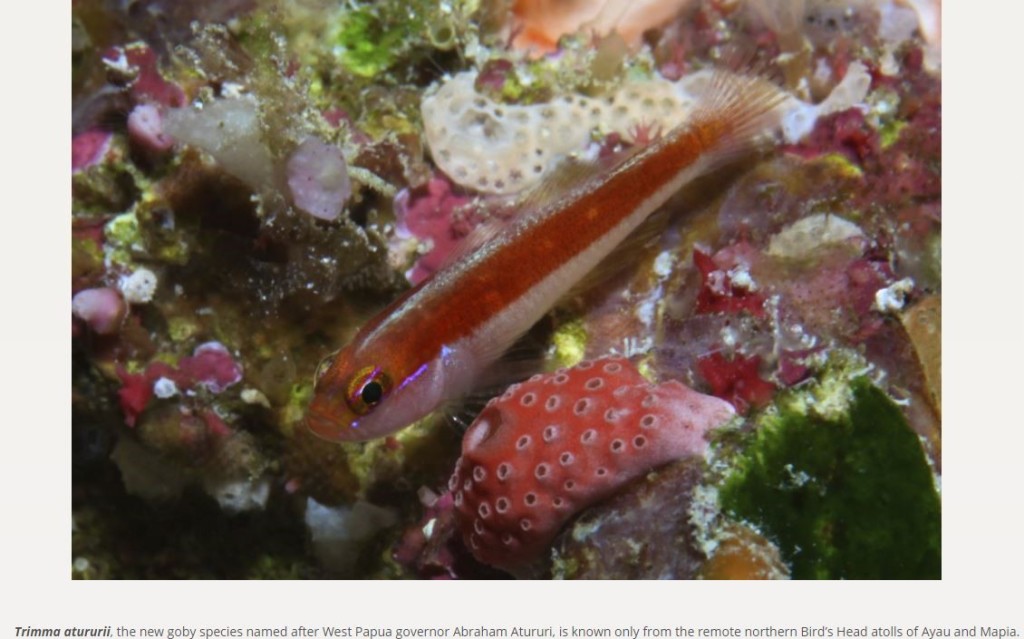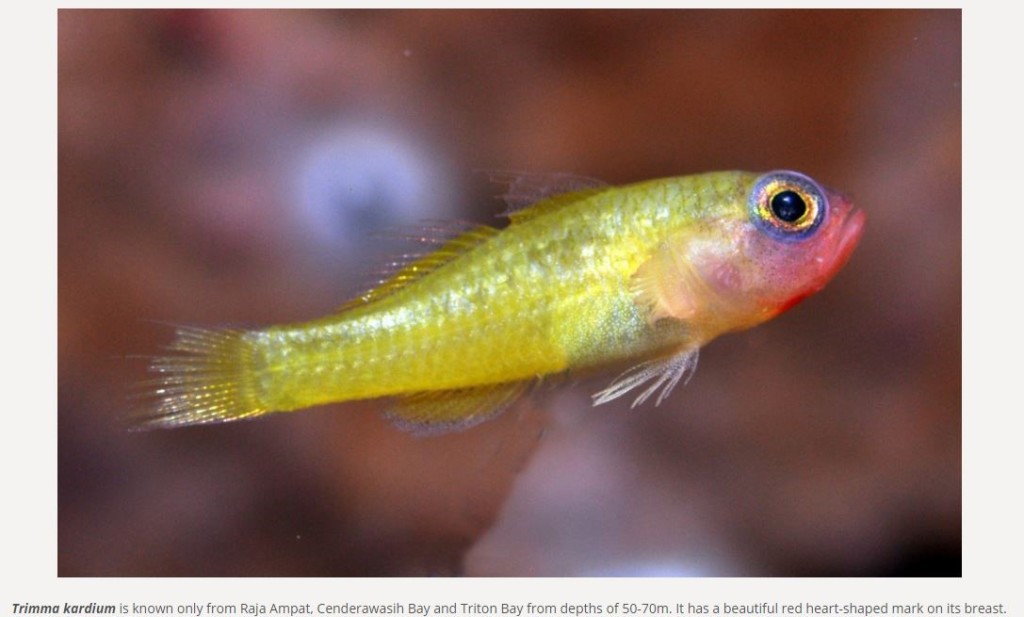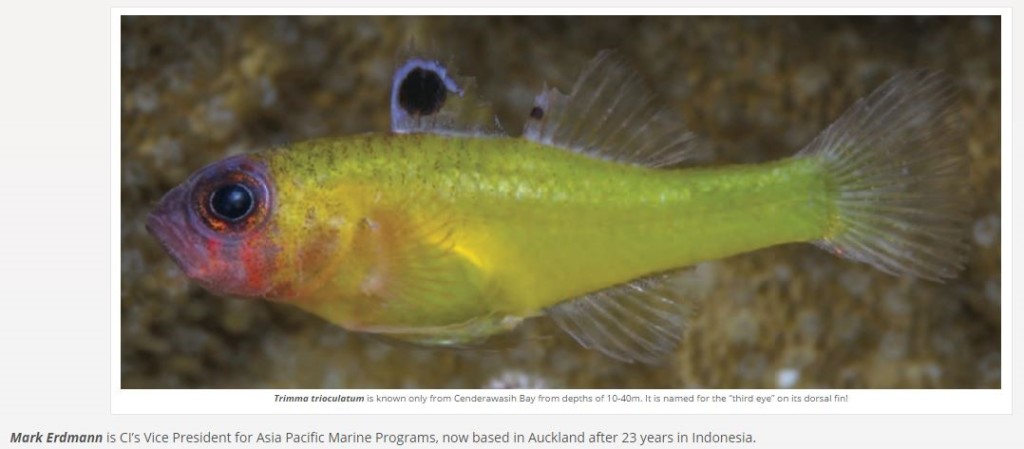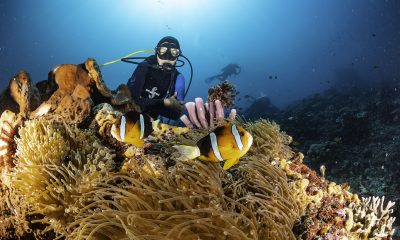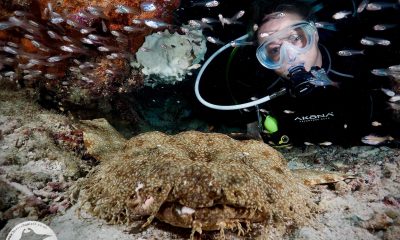Marine Life & Conservation
The Gubernatorial Goby, Trimma atururii!
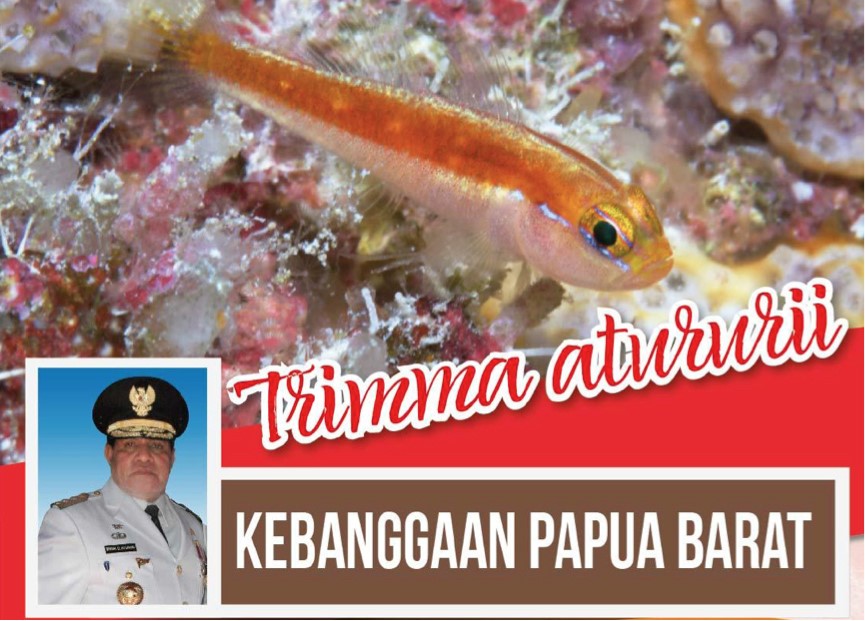
Leave it to the Bird’s Head to produce a gubernatorial goby! In a recent paper published with my colleagues Dr. Rick Winterbottom (Royal Ontario Museum) and Dita Cahyani (Udayana University in Bali), we described three new Trimma dwarfgobies from West Papua, including Trimma atururii, named after the Governor of West Papua, Abraham Atuturi.
Originally discovered during a survey of the deep reefs of Ayau Atoll system in northeast Raja Ampat in March 2011, this beautiful little dwarfgoby was immediately recognized as being a new species due to its attractive and unique red and white bipartite colour pattern and blue stripes through the eyes. As a West Papuan endemic fish that also displays the proud “merah-putih” colours of the Indonesian flag, it seems particularly appropriate to name this species after Governor Abraham Octovianus Atururi, also a former Brigadier General in the Indonesian Navy. Governor Aturiri has been a strong proponent of marine conservation throughout his tenure, and launched the Bird’s Head Seascape initiative over a decade ago. He has shown tremendous foresight in recognizing the critical importance of carefully protecting and managing the marine and terrestrial ecosystems and biodiversity of West Papua as the basis for the prosperity of the Papuan people – including by designating West Papua as Indonesia’s first Conservation Province. We proudly salute Governor Aturiri with the naming of this new species!
Trimma atururii is known only from the open oceanic atoll systems of Ayau and Mapia in the northern Bird’s Head Seascape of West Papua. It occurs on steep outer reef drop-offs, usually perched on vertical surfaces at the back of crevices and overhangs in depths of 38-70m. Based on genetic analysis, its closest known relative is Trimma hotsarihiensis from Palau and northeastern Indonesia, including Cenderawasih Bay.
The two other new species described in the paper include Trimma kardium (so named for the heart-shaped red mark on its breast – the only distinguishing feature on the otherwise all-yellow fish) and Trimma trioculatum (named for its “third eye” on the dorsal fin). T. kardium is known only from the Bird’s Head (Raja Ampat, Cenderawasih and Triton Bays), while T. trioculatum is only known from Cenderawasih Bay.
The descriptions of these new species bring the total reef fish species count for the Bird’s Head Seascape to a whopping 1757 species! Keep watching for more updates on the steady stream of new species still being discovered in the Bird’s Head!
Marine Life & Conservation
Double Bubble for Basking Sharks
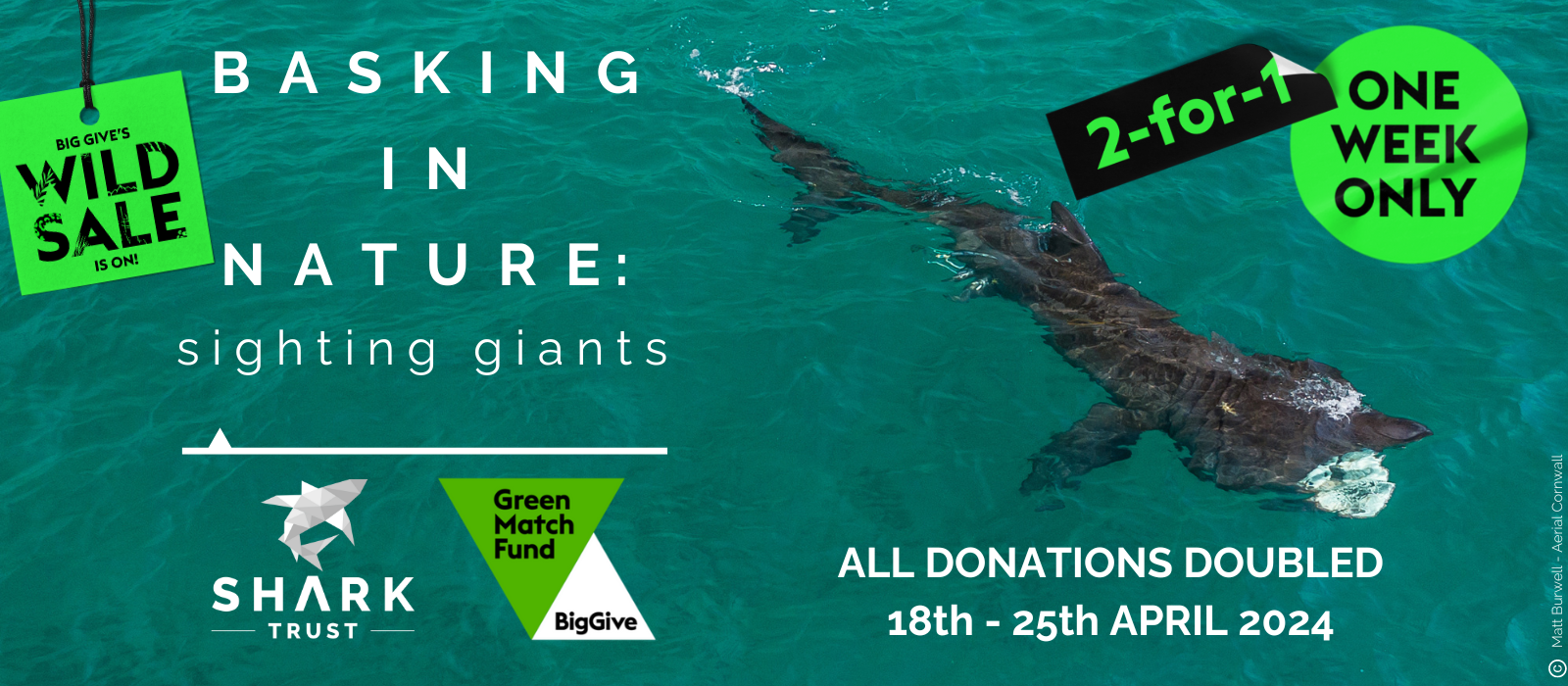
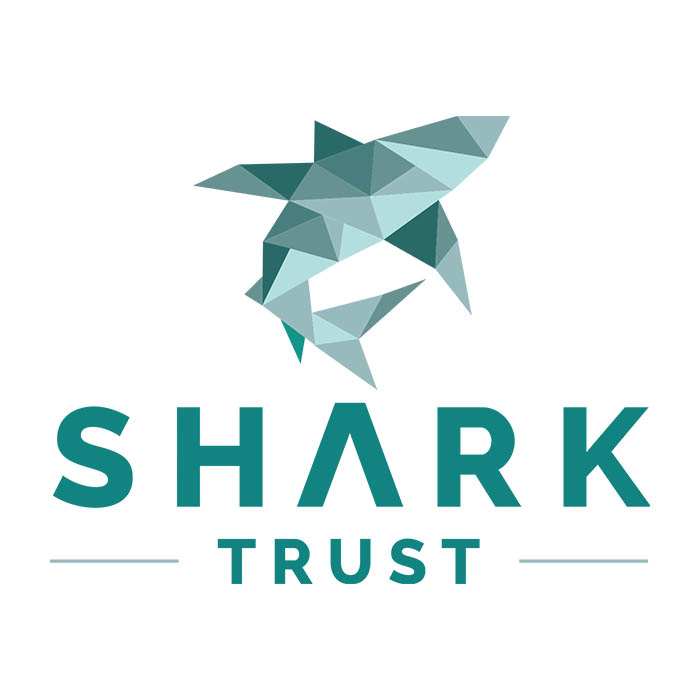 The Shark Trust is excited to announce that, for two more days only, all donations, large or small, will be doubled in the Big Give Green Match Fund!
The Shark Trust is excited to announce that, for two more days only, all donations, large or small, will be doubled in the Big Give Green Match Fund!
Donate to Basking in Nature: Sighting Giants
The Shark Trust is hoping to raise £10k which will be doubled to £20k. This will go towards Basking in Nature: Sighting Giants. And they need YOUR help to reach they’re goal.
The Shark Trust’s citizen science project is to monitor and assess basking sharks through sightings; encouraging data collection, community engagement, and promoting nature accessibility. This initiative aims to enhance health and wellbeing by fostering a deeper connection with British Sharks.
Campaign Aims
- Increase citizen science reporting of Basking Sharks and other shark sightings to help inform shark and ray conservation.
- Provide educational talks about the diverse range of sharks and rays in British waters and accessible identification guides!
- Create engaging and fun information panels on how to ID the amazing sharks and rays we have on our doorstep! These can be used on coastal paths around the Southwest. With activities and information on how you can make a difference for sharks and rays!
- Promote mental wellbeing through increasing time in nature and discovering the wonders beneath the waves!
Donate, and double your impact. Click Here
Marine Life & Conservation
Leading UK-based shark conservation charity, the Shark Trust, is delighted to announce tour operator Diverse Travel as a Corporate Patron
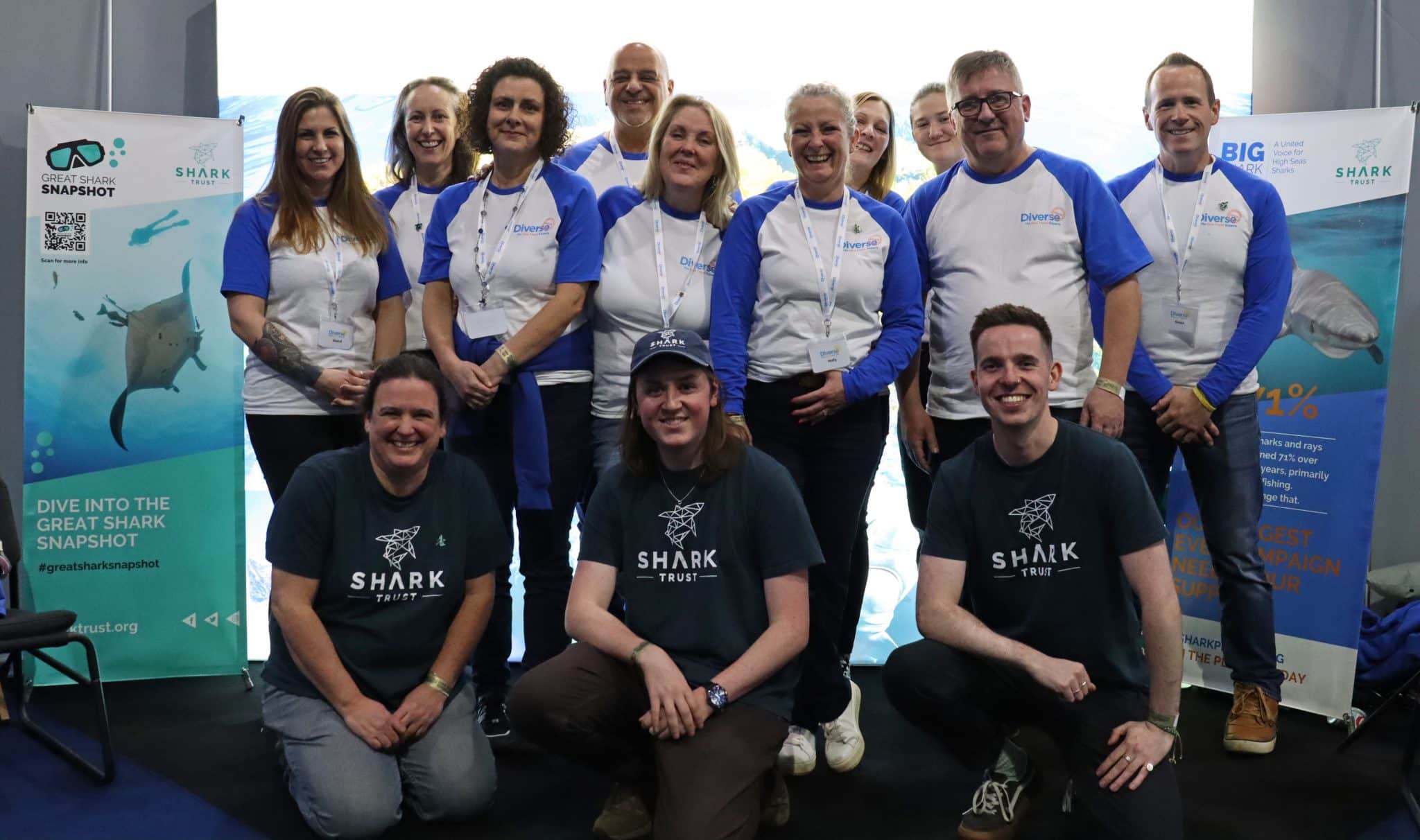
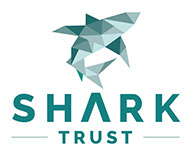 Corporate Patrons provide a valuable boost to the work of The Shark Trust. The Trust team works globally to safeguard the future of sharks, and their close cousins, the skates and rays, engaging with a global network of scientists, policymakers, conservation professionals, businesses and supporters to further shark conservation.
Corporate Patrons provide a valuable boost to the work of The Shark Trust. The Trust team works globally to safeguard the future of sharks, and their close cousins, the skates and rays, engaging with a global network of scientists, policymakers, conservation professionals, businesses and supporters to further shark conservation.
Specialist tour operator Diverse Travel has operated since 2014 and is committed to offering its guests high quality, sustainable scuba diving holidays worldwide. Working together with the Shark Trust will enable both organisations to widen engagement and encourage divers and snorkellers to actively get involved in shark conservation.
“Sharks are truly at the heart of every diver and at Diverse Travel, we absolutely share that passion. There is nothing like seeing a shark in the wild – it’s a moment that stays with you forever!” says Holly Bredin, Sales & Marketing Manager, Diverse Travel.
“We’re delighted to celebrate our 10th year of business by becoming a Corporate Patron of the Shark Trust. This is an exciting partnership for Diverse and our guests. We will be donating on behalf of every person who books a holiday with us to contribute towards their vital shark conservation initiatives around the world. We will also be working together with the Trust to inspire divers, snorkellers and other travellers to take an active role – at home and abroad – in citizen science projects and other activities.”
Paul Cox, CEO of The Shark Trust, said:
“It’s an exciting partnership and we’re thrilled to be working with Diverse Travel to enable more divers and travellers to get involved with sharks and shark conservation. Sharks face considerable conservation challenges but, through collaboration and collective action, we can secure a brighter future for sharks and their ocean home. This new partnership takes us one more valuable step towards that goal.”
For more information about the Shark Trust visit their website here.
For more about Diverse Travel click here.
-
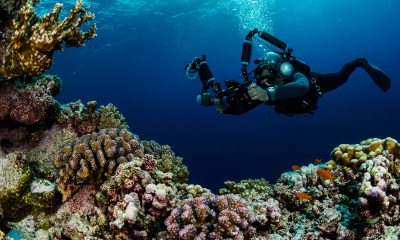
 News3 months ago
News3 months agoHone your underwater photography skills with Alphamarine Photography at Red Sea Diving Safari in March
-
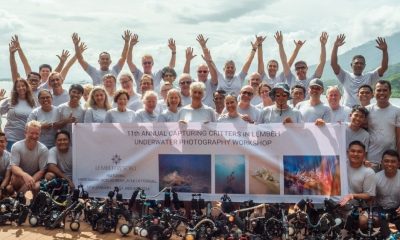
 News3 months ago
News3 months agoCapturing Critters in Lembeh Underwater Photography Workshop 2024: Event Roundup
-
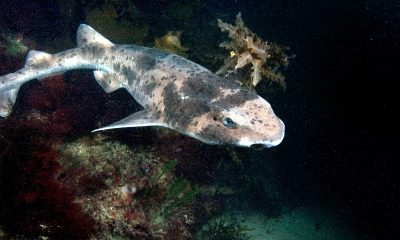
 Marine Life & Conservation Blogs2 months ago
Marine Life & Conservation Blogs2 months agoCreature Feature: Swell Sharks
-

 Blogs2 months ago
Blogs2 months agoMurex Resorts: Passport to Paradise!
-
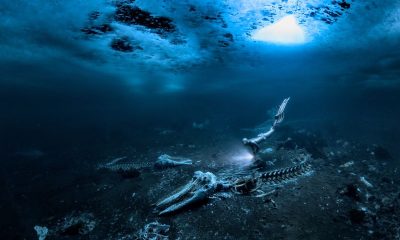
 Blogs2 months ago
Blogs2 months agoDiver Discovering Whale Skeletons Beneath Ice Judged World’s Best Underwater Photograph
-
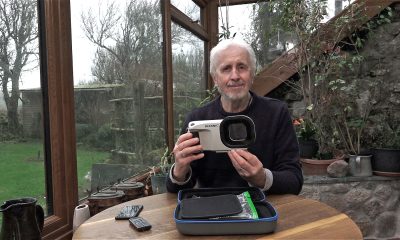
 Gear Reviews3 months ago
Gear Reviews3 months agoGear Review: Oceanic+ Dive Housing for iPhone
-
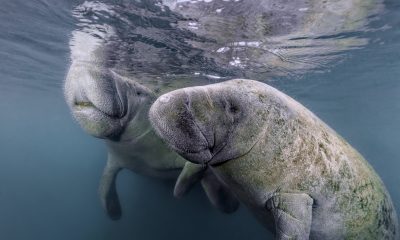
 Marine Life & Conservation2 months ago
Marine Life & Conservation2 months agoSave the Manatee Club launches brand new webcams at Silver Springs State Park, Florida
-
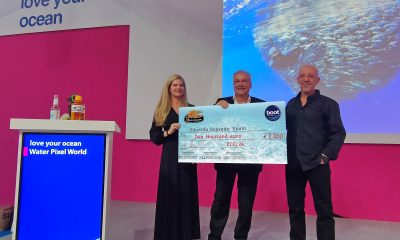
 News3 months ago
News3 months agoWorld’s Best Underwater Photographers Unveil Breathtaking Images at World Shootout 2023


